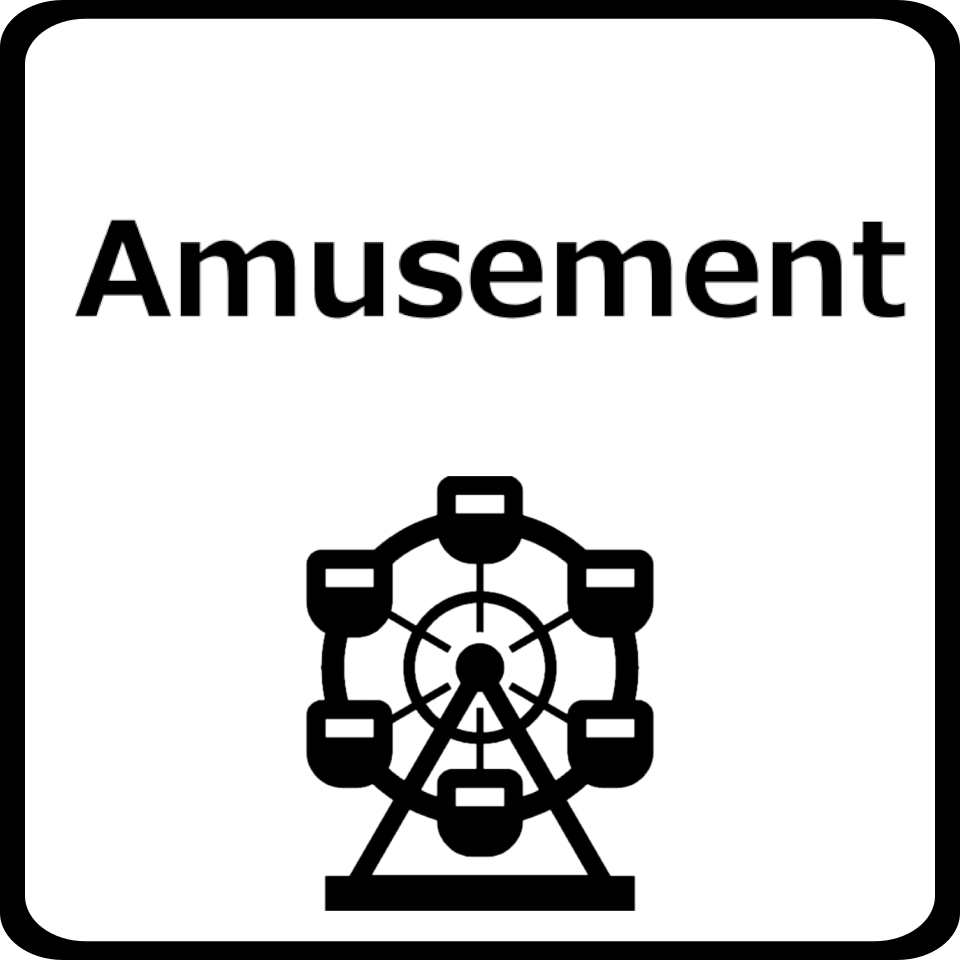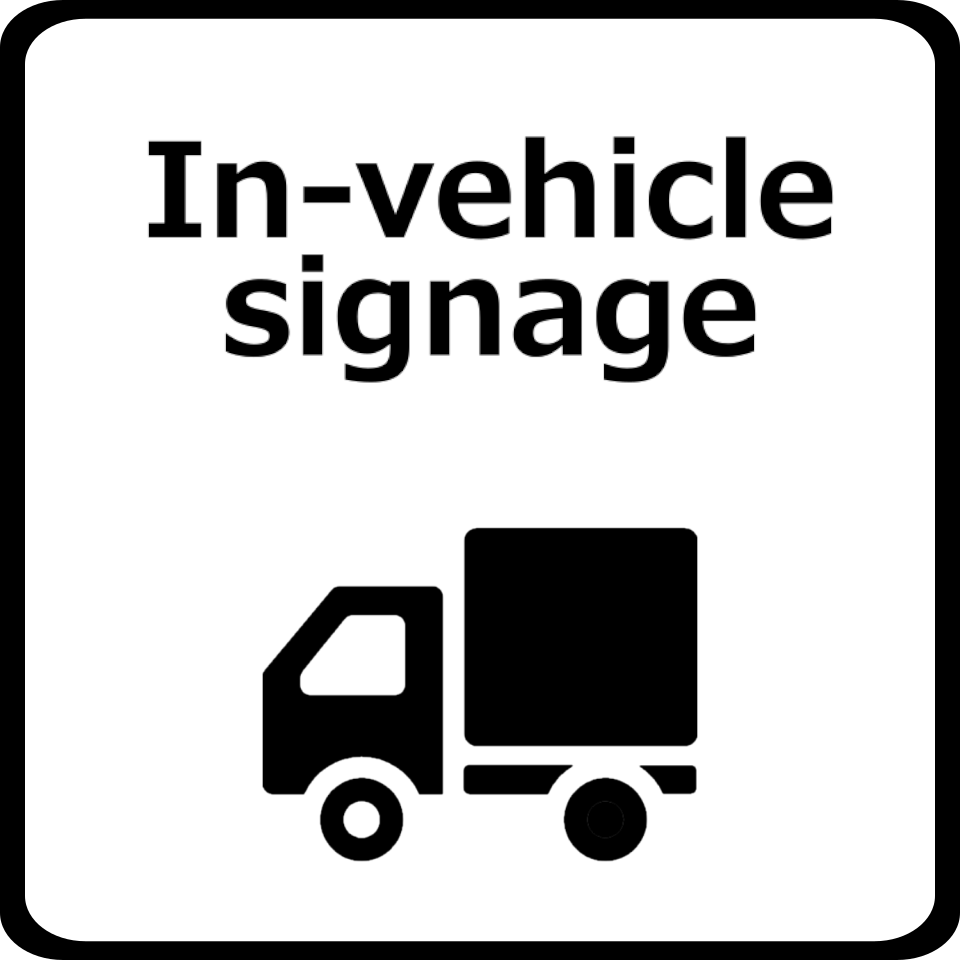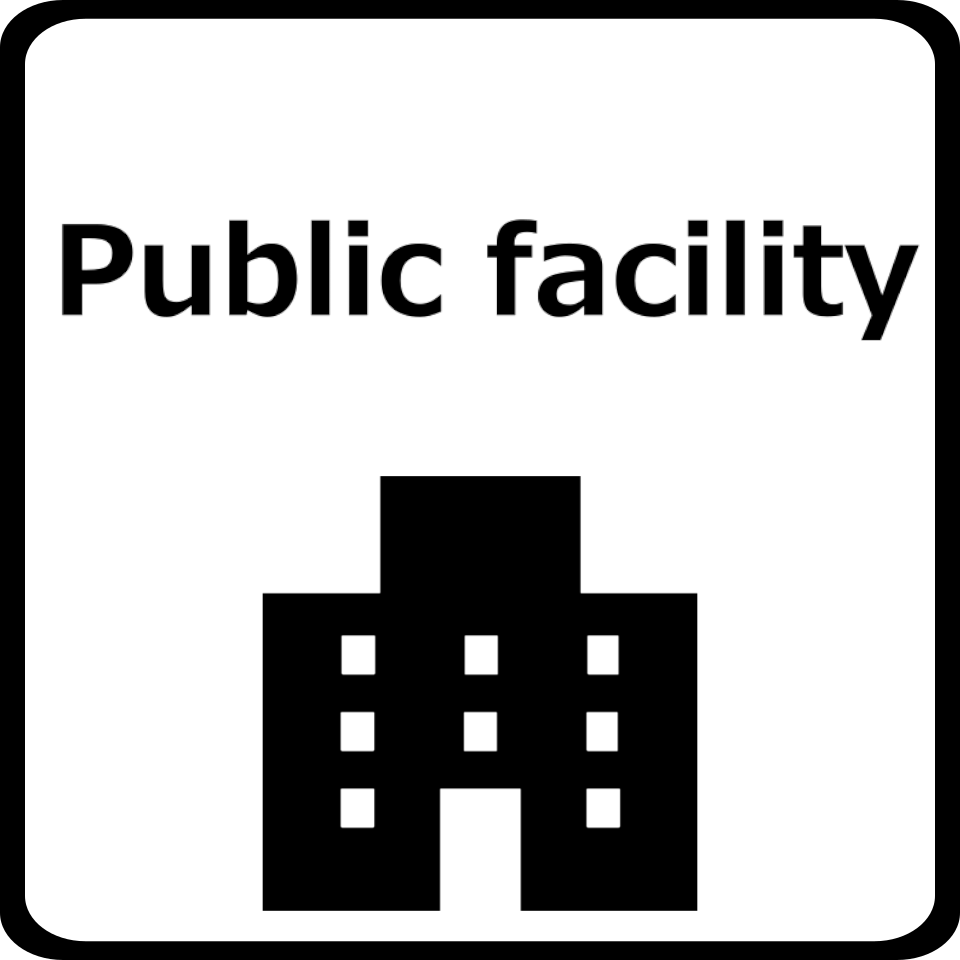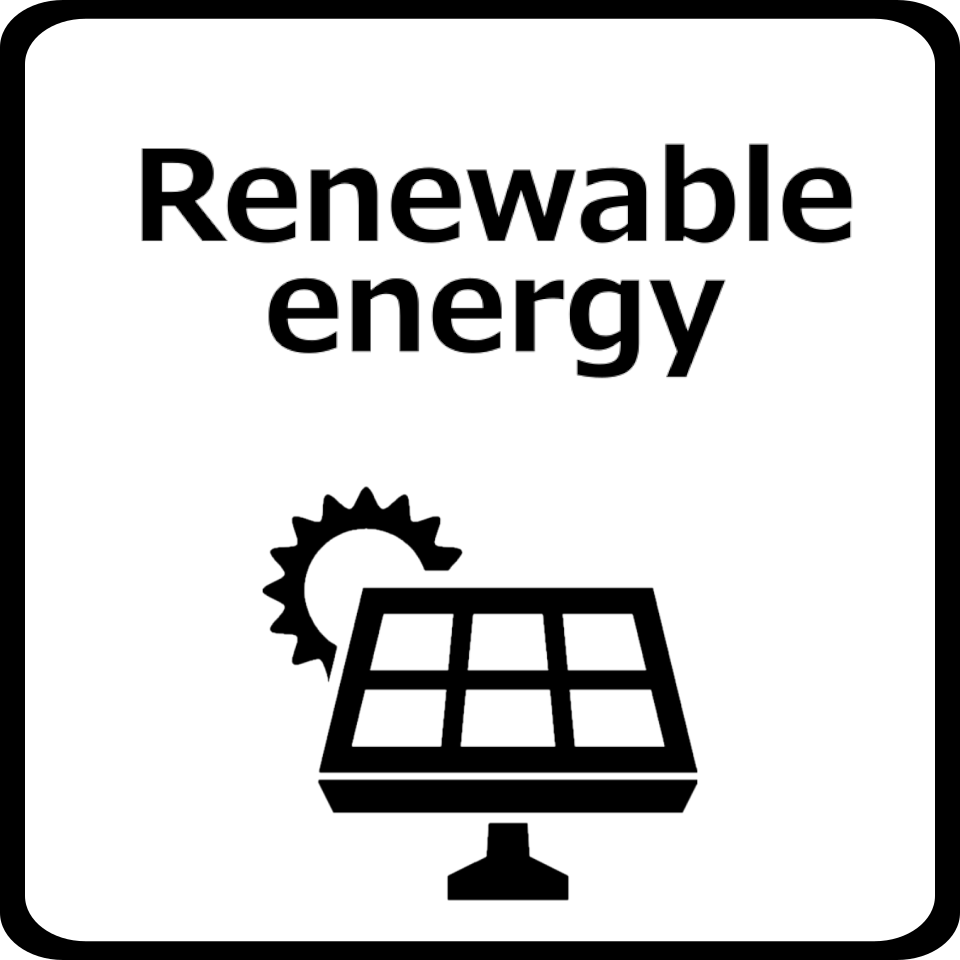Mechanism of ePaper
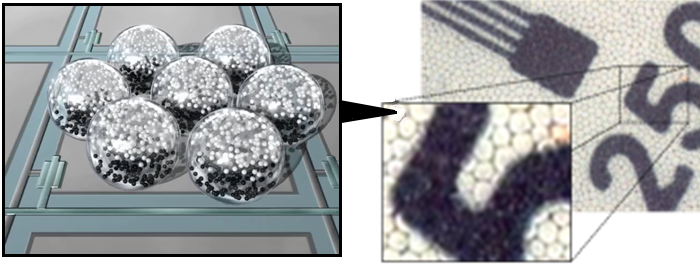
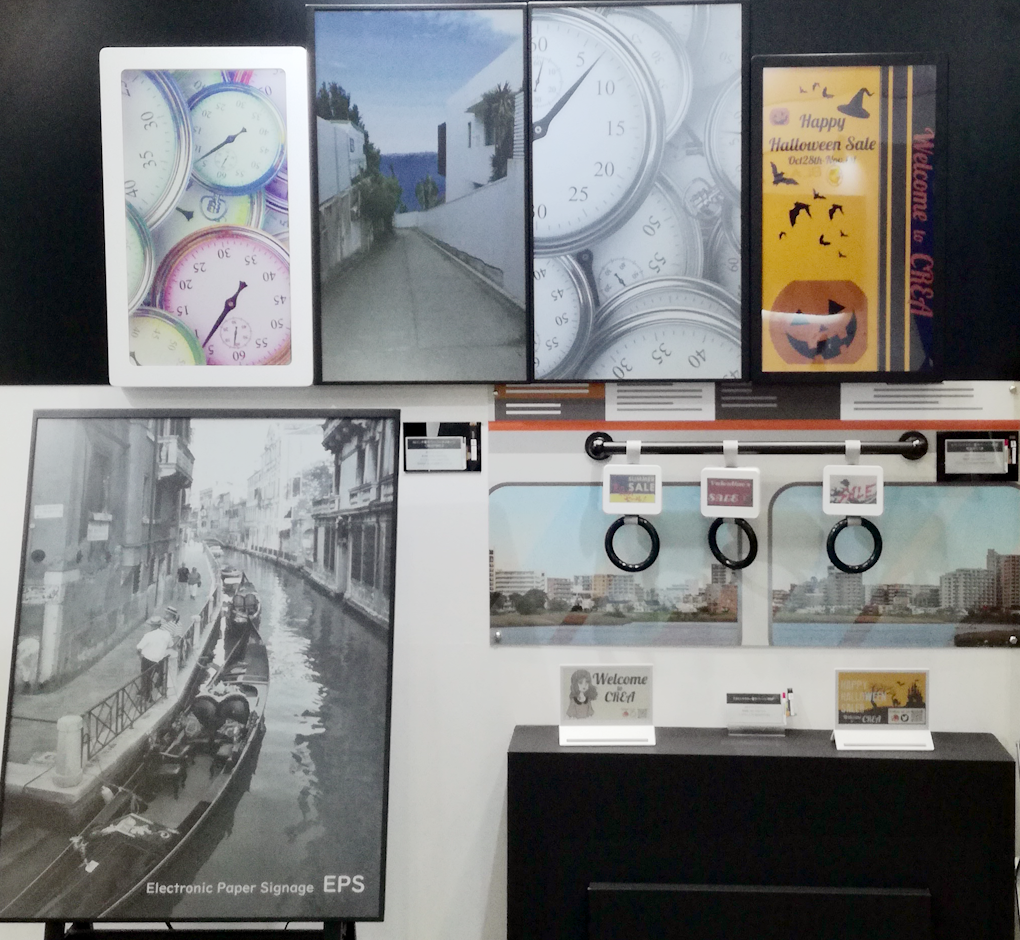
ePaper is available in a variety of sizes to suit different uses, from small sizes used in retail store shelf labels and e-book readers to large sizes used in information boards and digital signage for advertising purposes.
By electrically moving colored particles in a Microcapsule (or Microcup) containing a fluid using a technology called “electrophoresis” that displays colors by moving them using an electric field, images can be freely created.
There are two methods for storing pigments in e-paper: the “microcapsule method,” which uses two pigments (white and black) for monochrome display, and the “microcup method,” which uses multiple color pigments to display color.
Types of ePaper
Microcapsule method (monochrome type)
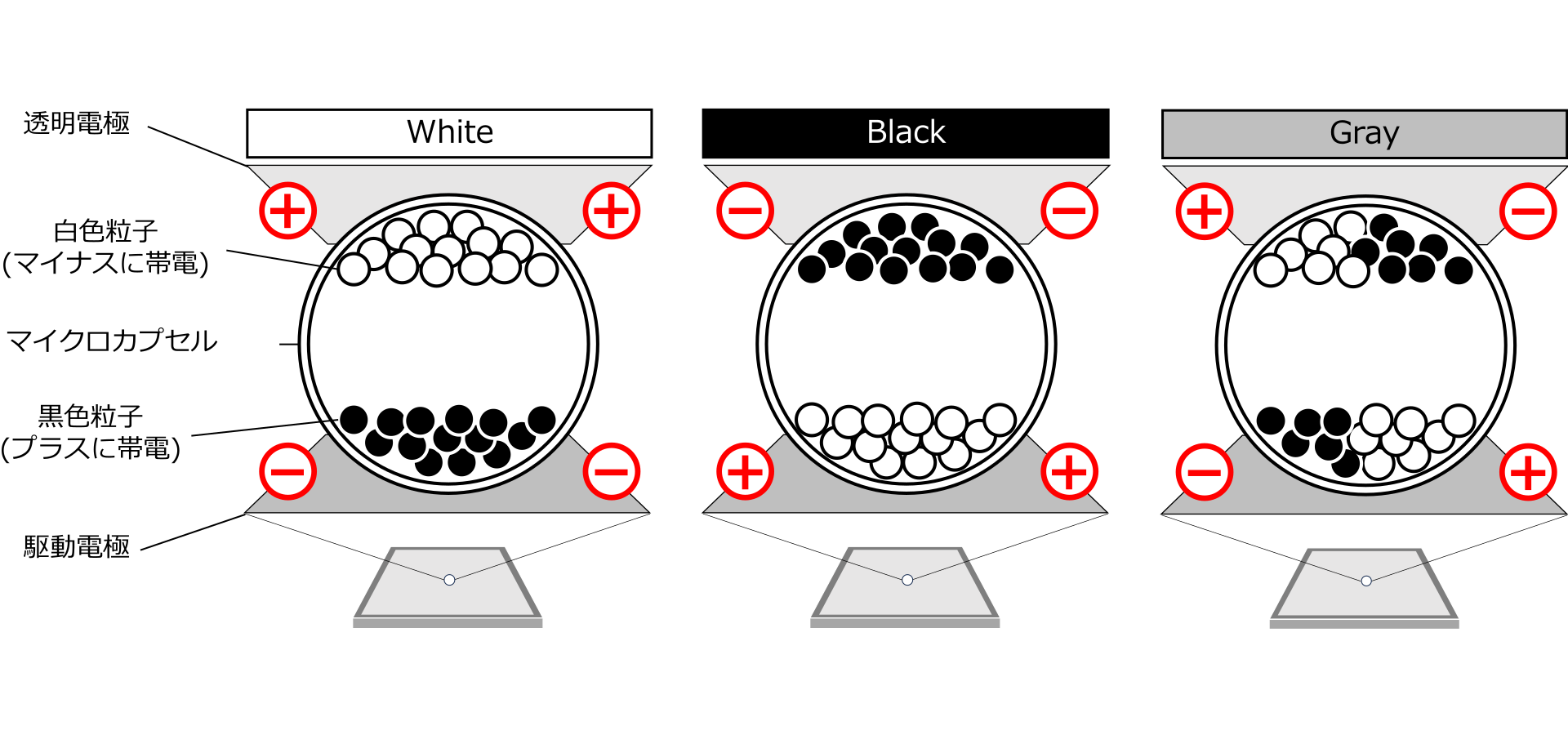
Black and white pigments are contained in microcapsules, and by applying + and – voltages, the black and white pigments move in the capsule.
When the black pigment is on the capsule, it is displayed as “black”, and when the white pigment is on the capsule, it is displayed as “white” on the screen. Also, when black and white are mixed, it is displayed as “gray”.
Microcup method (color type)
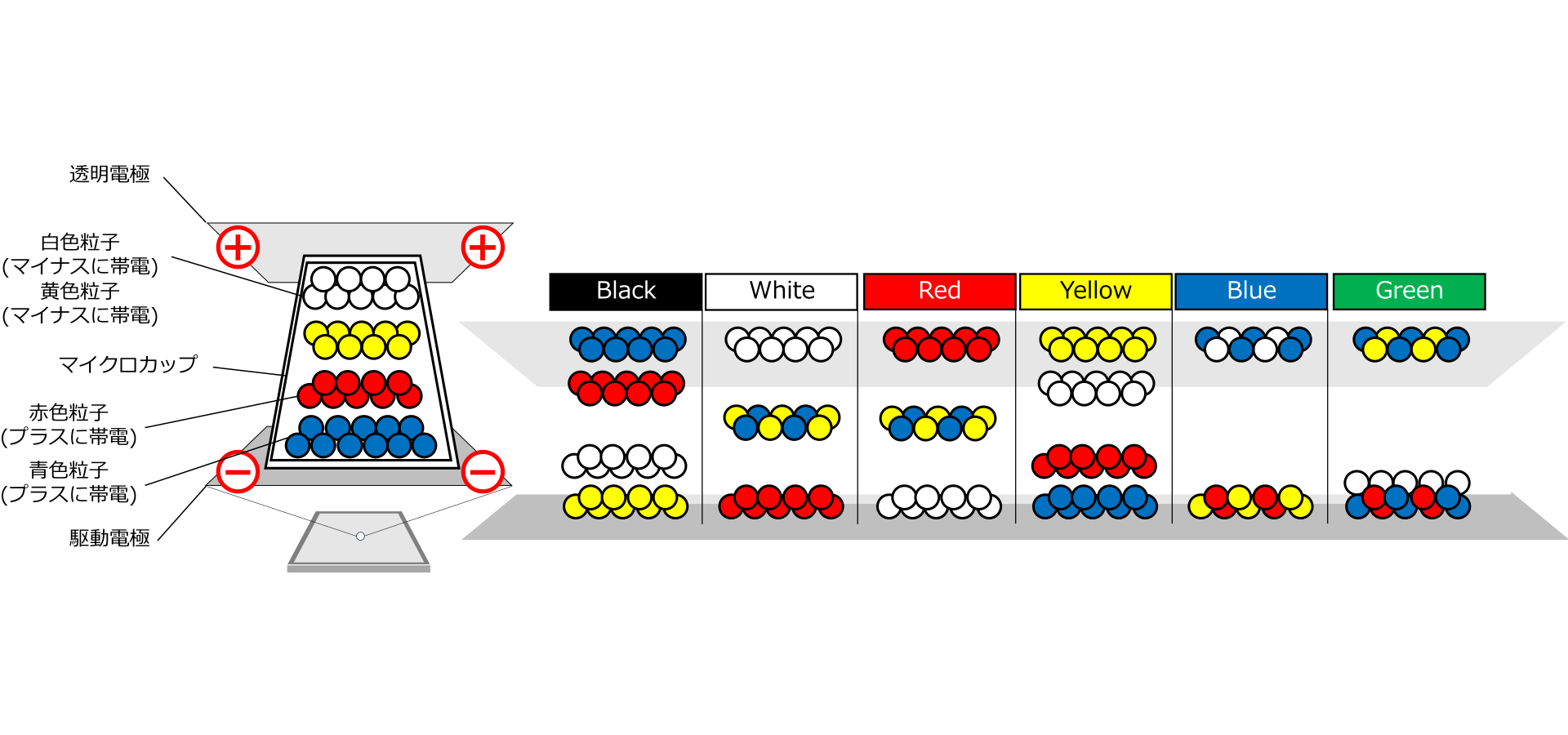
Microcup type 4 colors pigment electronic paper achieves vivid full-color display in 6 primary colors by applying voltage to move the red, yellow, blue, and white pigments contained in the cup.
ePaper’s notes
Why choose ePaper?
ePaper has the same advantages as paper in terms of visibility and portability, and it also has the ability to electrically rewrite the displayed content.
Since it does not emit light like LCDs and LEDs, it consumes less power and is attracting a lot of attention from the perspective of SDGs or CSR.
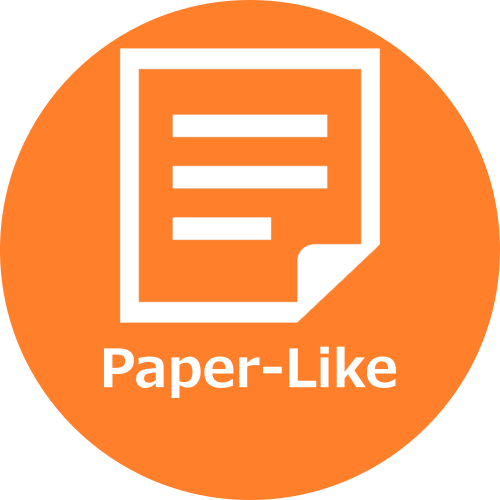
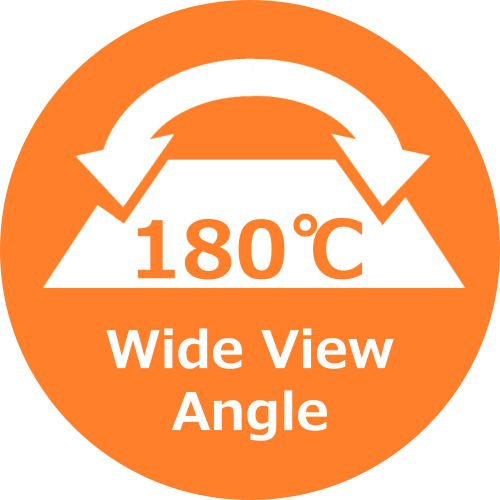

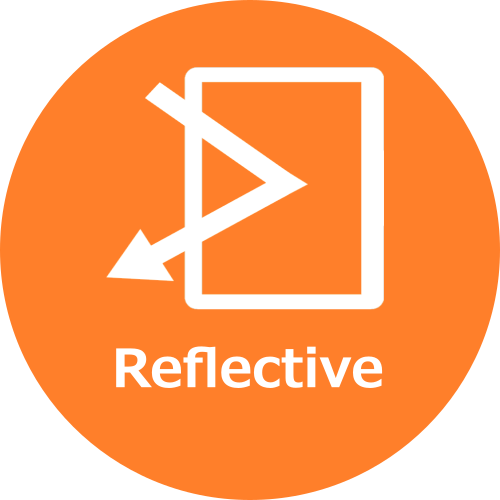
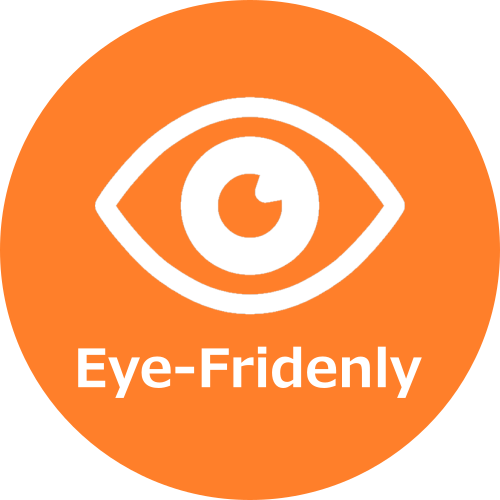

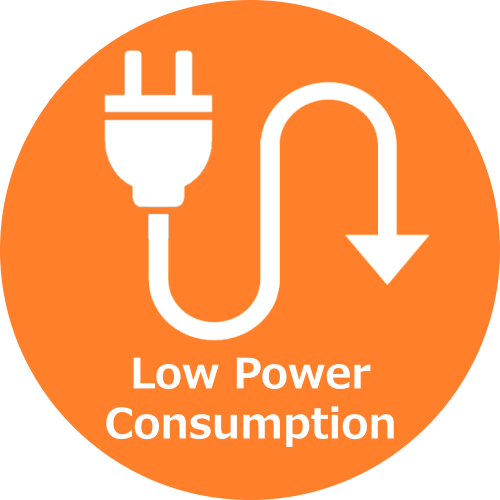
Old type ePaper had some issues such as “display updates are slow”,”afterimages remains”, and “black and white only, not color display”. However, these issues have now been resolved through many technological improvements, and it is now being used in a variety of situations.
 CREA co.,ltd.
CREA co.,ltd.


